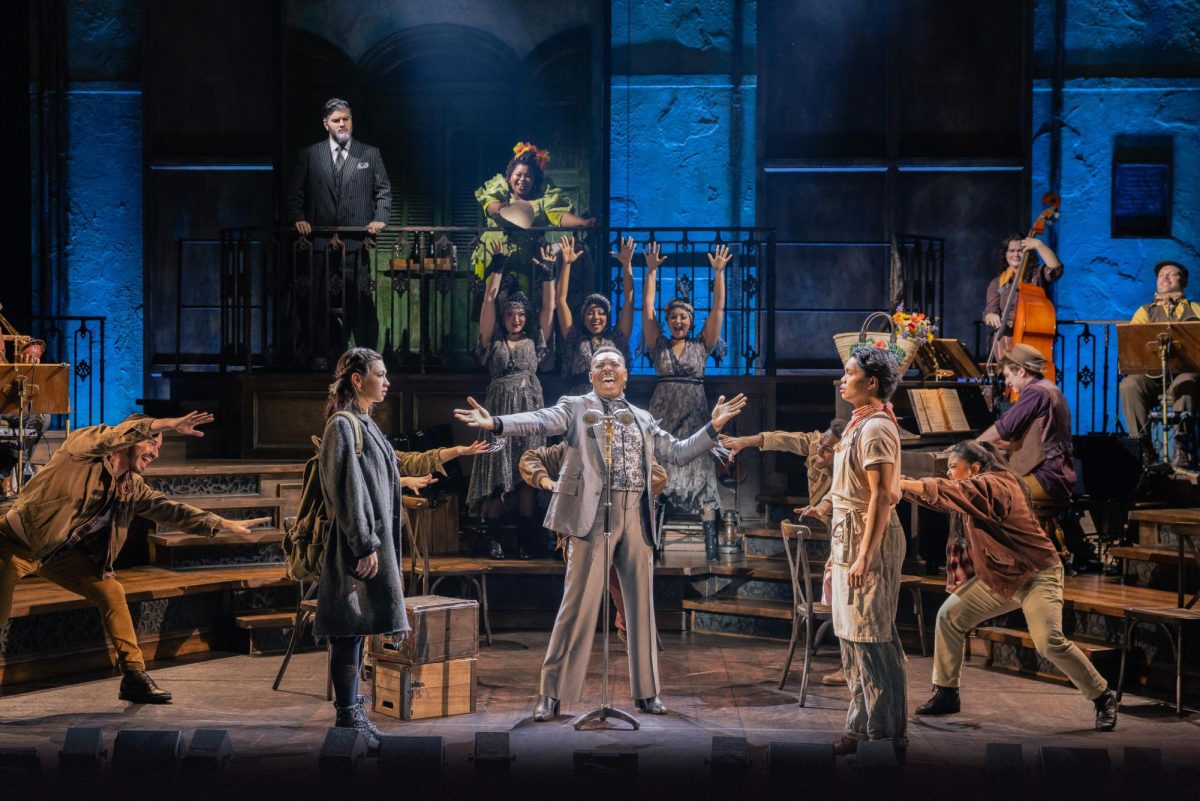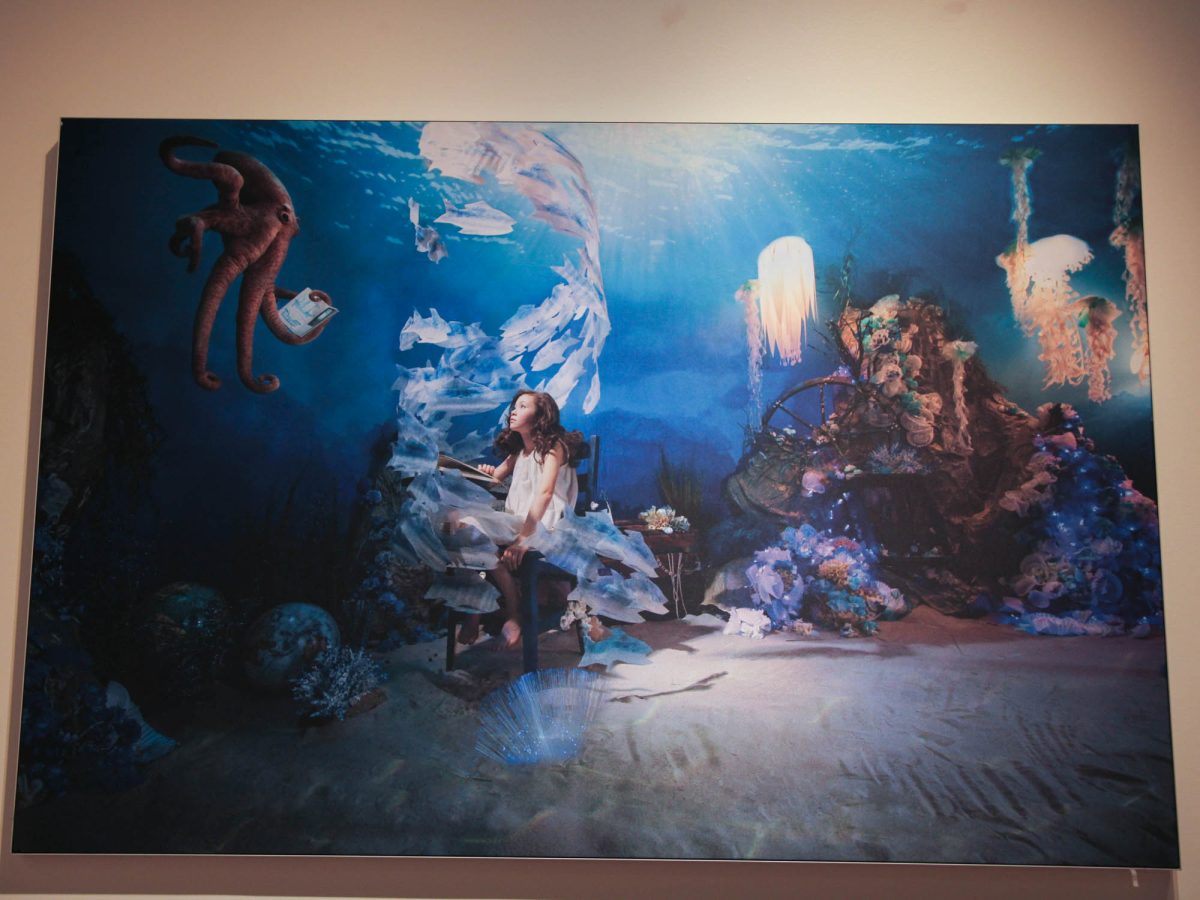On the third floor of the Sterling C. Evans Library, in the west-wing of the building, lies a corridor of portraits depicting iconographies of historic African Americans. The exhibit showcases the full timeline of Black America, from 19th century revolutionaries like Harriet Tubman, to 20th century activists like Martin Luther King Jr., to contemporary artists such as Erykah Badu. All of these pieces are part of a collection created by a single man named Robert Schiffhauer.
Schiffhauer was a former architecture professor at Texas A&M who first began his collection of portraits in the J. Wayne Stark Galleries in October 2004, focusing upon the prominent figure of Charles Gordone, with the three works titled under the collection of “Legacy of a Seer.” To give background, Gordone was the first African American to win a Pulitzer Prize for drama and became a theater history professor at A&M throughout the 1980s and 1990s, advocating for an expansion of diversity within the campus.
With the pieces made by Schiffhauer of Gordone, one can see the great admiration and reverence for the former actor. One piece in particular is the breathtaking collage “Out West with Charles Gordone,” consisting of alternating media such as pen, charcoal and printed images, culminating in a spectacle of legacy. Not much needs to be said about the pieces to understand the significance Gordone had, not just to Schiffhauer, but to A&M overall.
By 2011, “The Torchbearers” portrait collection was soon displayed at the Wright Gallery Exhibit, located within the Langford Architecture Building on campus. The exhibition was met with the attention of famous poet and civil rights activist Maya Angelou, paying tribute to Gordone as a guest columnist for The Battalion newspaper, writing, “He brought a treasure trove of talents to A&M in a particularly turbulent and uncertain time in A&M’s history. He spent the last years of his life there enriching the lives of students.”
The composition of the portrait pieces focus upon the faces of the people, highlighting their importance as the faces of racial activism and integration. The mediums range from watercolor to colored charcoal to acrylics, with some pieces having significant features such as “Portrait of Sonny Rollins” having pennies glued onto the piece to emulate the buttons on his saxophone. The pieces are assorted by groups according to their cultural significance. Examples include Billie Holiday, Miles Davis and Mahalia Jackson grouped in the artists, James Baldwin, Ida Wells-Barnett and Ralph Ellison grouped in the writers, and Sen. Blanche Kelso Bruce, Sen. Hiram Rhodes Revels and Matthew Gaines grouped in the senators.
One important detail upon all these works is the identity of Schiffhauer, a white artist painting Black historical figures. In a 2005 interview with A&M College of Architecture newsletter ArchOne, Schiffhauer commented on the process of creating the Gordone pieces, stating, “I immersed myself in these photo images and information to see if I might be guided toward an honest representation of Charles that might reflect the struggles in his life and in his work.”
He even goes to raise Gordone on a pedestal of veneration, confidently saying, “I always said that Charles Gordone did more for the Pulitzer than the Pulitzer ever did for Charles Gordone, putting that ‘first African American’ label on his prize only reflected how limited the American theater had been up to that point, not how limited African Americans have been.”
What these pieces hold now, in 2022, only grows in significance as the tumultuous political waves of America keep growing and crashing upon societal pressures and the fine line that still divides us to this day. What we shouldn’t see is relics of the past that happened only in history books, but foundations of the present we take for granted today and dreams left unfinished for us and future generations to complete. So if you were to ever pass by the third floor of Evans Library and see the pictures on the walls, think not only of what these people have done for you, but what you can continue to do for them.
Ruben Hernandez is a journalism junior and art critic for The Battalion.















